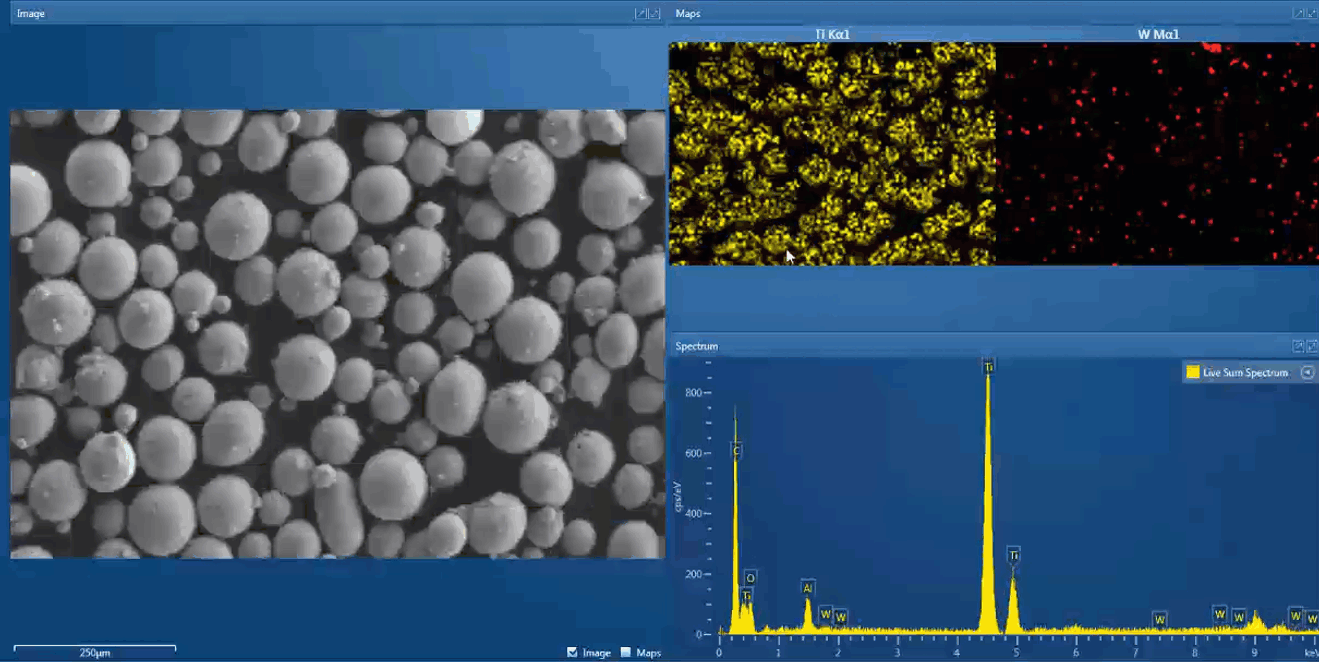The Complete Characterisation of Additive Manufacturing Powders with AZtecAM
Investigate the streamlined process through the dedicated AZtecAM software recipe, for complete characterisation of all aspects of metal powders used in additive manufacturing. Ensure the characterisation, particle morphology and individual particle characterisation.





